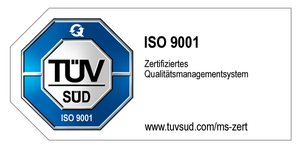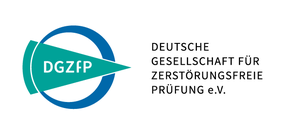Surface measurements
Surface measurements are an important part of metrology. 2D and 3D methods as well as a combination of both can be used. Surface measurement is used to determine the surface quality by determining surface properties such as roughness and waviness. While a macroscopic examination can usually provide basic information regarding roughness or other surface properties, a surface measurement offers the possibility to examine the surface quality with all its characteristics in detail. Two- or three-dimensional measurements of the surface profile in standardized procedures can be used to calculate roughness parameters that indicate the surface roughness. State-of-the-art microscopic equipment such as confocal microscopes can be used to examine surfaces for minute details that remain hidden from the naked eye of the observer or coarser measurement methods. An accurate and precise analysis of the degree of roughness is of great importance for many workpieces, since the surface condition is crucial for their functional efficiency. In chemistry, too, there are photometric measurement methods for determining the specific surface of powders.
Surface finish
Surface metrology is used to investigate surface defects or quality characteristics such as the roughness or waviness of a surface during surface measurement. In addition to established 2D methods for profile measurement, new optical 3D technologies offer the possibility of area-based measurement. Thus, they are able to quickly record the completeness of even randomly distributed structural elements on technical surfaces, which would be a meticulous and tedious process using 2D methods. The 2D measurement methods are not inferior to the 3D methods, it is much more a question of the application. For example, the classic tactile profile analysis is very well suited for measurement tasks where there are no inhomogeneous surfaces. Again, if more than the profile information detectable by tactile 2D measurement methods is to be determined about a surface, optical 3D methods are used, for example, to ensure an areal analysis of technically complex surfaces. Optical systems are also well suited for examining very sensitive materials that cannot withstand direct contact by a probe when using tactile measurement methods.
Roughness measurement
Roughness measurement involves testing the roughness of a surface. It is a surface measurement. In all designs where components come into contact with each other, the roughness of the surface plays a more or less important role and is specified accordingly. For roughness measurement, a two- or three-dimensional profile of the surface is measured in order to calculate various roughness parameters that describe the surface roughness using standardized methods. Various tactile and non-contact methods are used for roughness measurement, which are also constantly evolving due to changes in technology. For example, in the past, roughness was determined by viewing and feeling and, accordingly, classified with less accuracy. Modern measuring devices allow microscopic analysis of surface textures. The roughness of a surface can be affected by various manufacturing processes, but modern metal-cutting machine tools produce surprisingly smooth components.
We find the perfect solution for your project.
Contact us if you have questions to our services in the area of 3D metrology. We are looking forward supporting you in your success.



